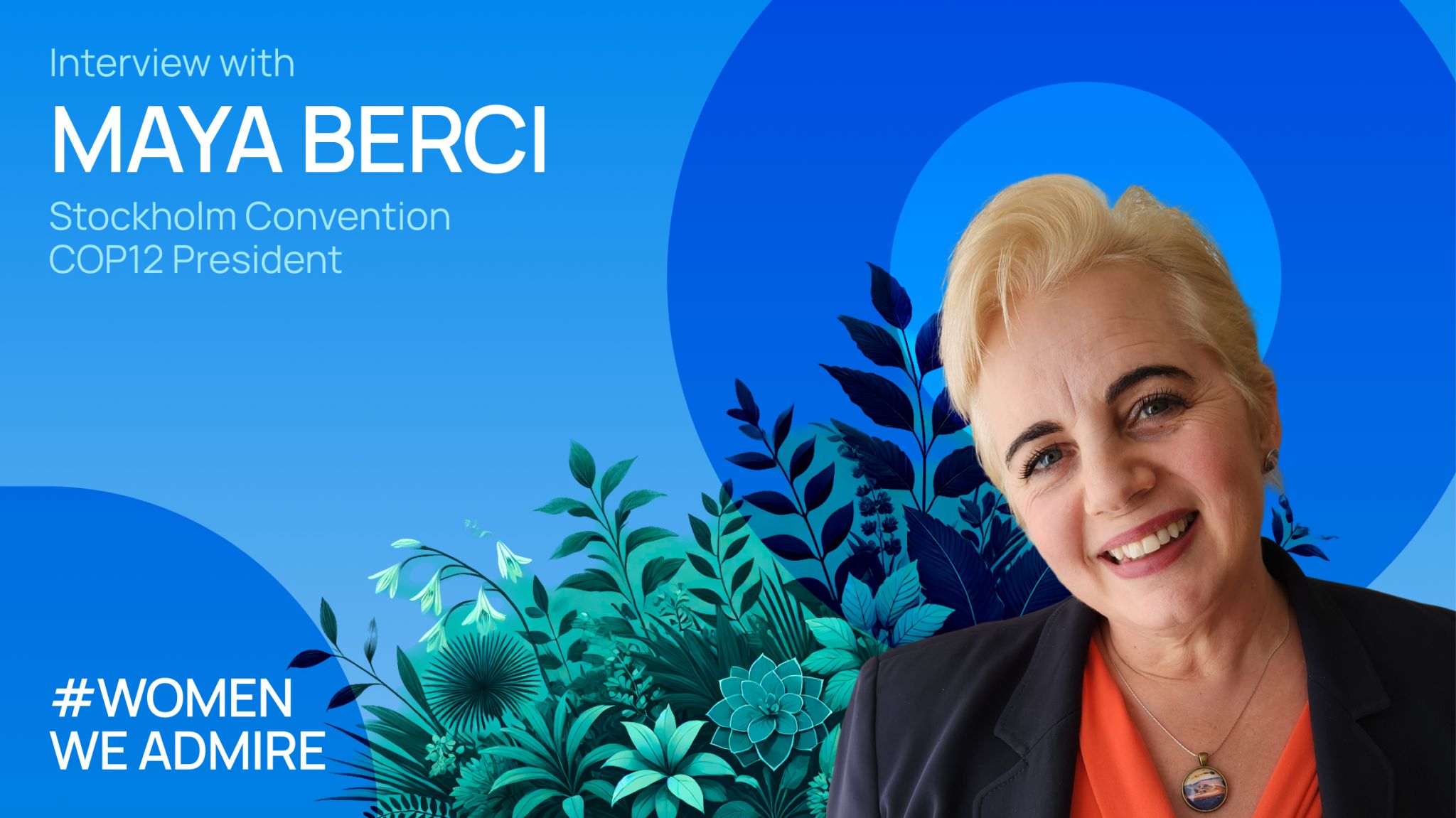The circular economy for chemicals in textiles: outcomes and highlights from our 1st Webinar
We’re very excited to share with you the outcomes and highlights of our latest work under the INPLASTICS project. Last month we carried out the webinar series "Understanding the circular economy for chemicals in plastics" inviting a variety of stakeholders to attend and learn perspectives from high level experts. We extend our most sincere gratitude to the speakers and participants who have made this possible.
Our first focus was on the circular economy of textiles, understanding how plastics such as synthetic fibre textiles are used in a multitude of applications from clothing to upholstery generating waste around the world as a result of fast fashion and low recycling rates. In our first session we learnt how some brands are taking responsibility to phase out hazardous substances for the sake of chemical safety and to boost recycling rates.
Starting off with Dr Harald who explained how: “Fast fashion has driven clothing sales and clothing utilisation up since the 2000s with most textiles containing dyes it was alarming to learn that all dyes are non-biodegradable and can be sensitising”. Schönberger warned us about “the dangers of PFAS can be found in polyester, which is used in home textiles, consumer apparel and accessories, or the use of antimony as a catalyst and discussed other hazardous substances including a UV absorber proposed by the POPs Review Committee (POPs properties)”. Rounding up with some positive news from the ZDHC (Zero Discharge of Hazardous Chemicals) and Greenpeace initiatives as well as global regulation have driven the industry to respond to this issue.
Next up was Theresa Kjell, Senior policy advisor at ChemSec who presented information on the latest studies: “Study found chemicals such as BPA and DEHP in textiles, chemicals which have known alternatives which are safe! We learnt about an open letter to the commission from H&M Group and other major textile manufacturers asking for better regulatory framework. Theresa mentioned the ‘increased usability of recycled materials’ and the importance of phasing out chemicals at the design stage. She hinted also at the importance of the definition of ‘recycled’. Opportunities for the private sector in joining the PFAS Movement – now has 80 companies – watch the video !”
Dr Roland Weber gave a number of insights into the “major pathways for exposure to chemicals in textiles (such as PFAS) being skin contact and inhalation from house dust which usually comes from furniture textile (upholstery). Dr Roland told us about the different recycling methods, mechanical and also chemical. PET textiles are not recycled yet, processes are yet to be scaled up. Recycled fibres have a lower carbon footprint. Dr. Roland is looking forward to hearing the results from the GIZ project on the implementation of the green machine – (Aquafil).”
Finally we had a brilliant intervention from Mr Ullhas Nimkar who explained how “the issues of exposure and reactions to hazardous substances in textiles came about and brought to us a valuable case study from NimkarTek recycled polyester from ocean waste. Important learnings were taken from the analysis of these fibres.”
Find the recording to this session below:













